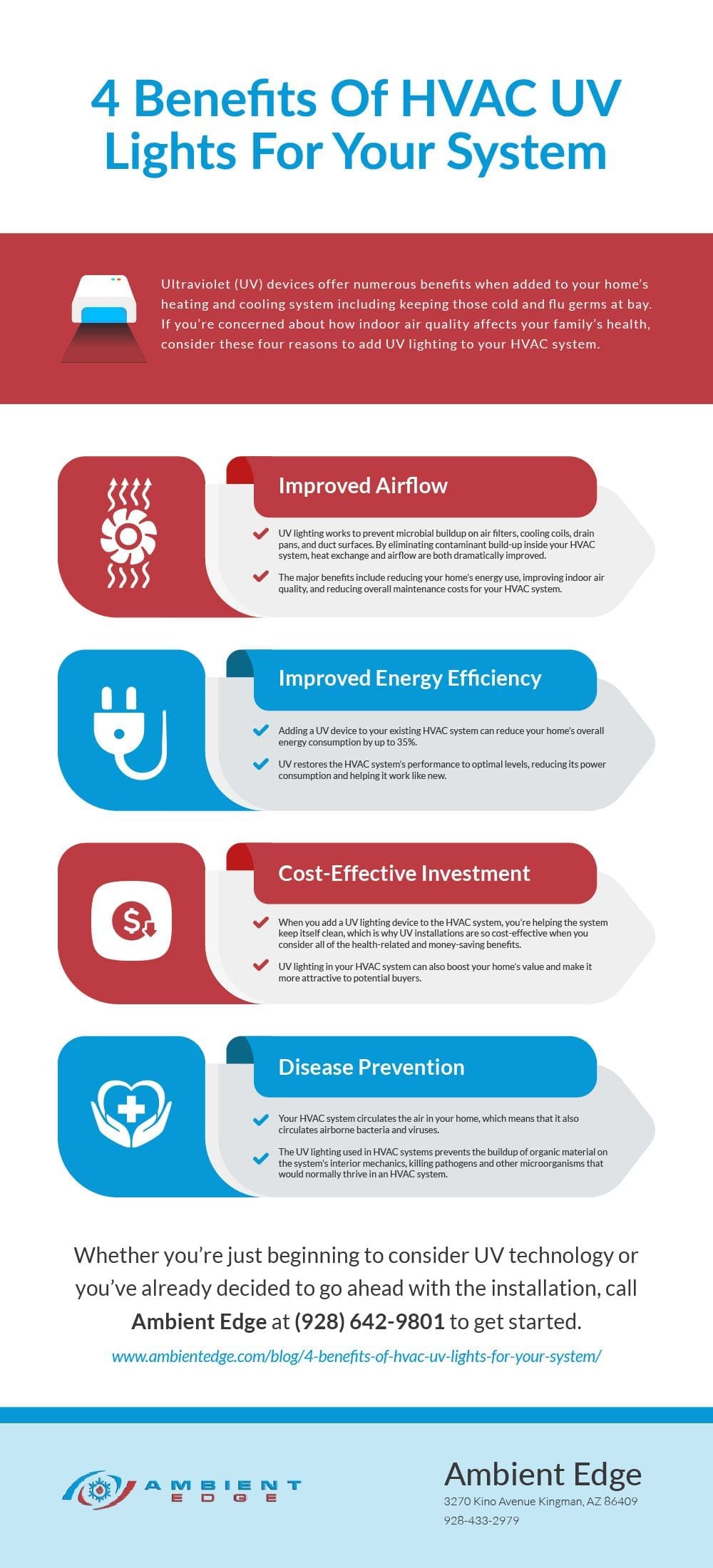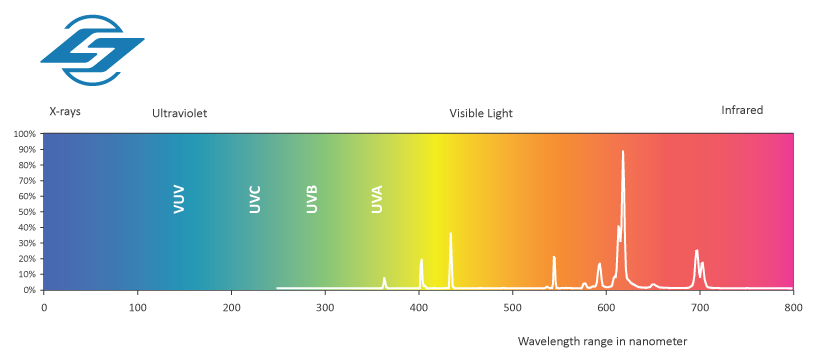The smart Trick of Uvc Light That Nobody is Talking About
The smart Trick of Uvc Light That Nobody is Talking About
Blog Article
The Basic Principles Of Uvc Light
Table of ContentsThe 9-Minute Rule for Uvc LightThe smart Trick of Uvc Light That Nobody is Talking About7 Simple Techniques For Uvc LightThe 6-Minute Rule for Uvc LightThe smart Trick of Uvc Light That Nobody is Talking AboutMore About Uvc Light
A new sort of ultraviolet light that might be risk-free for people took much less than five minutes to reduce the degree of interior airborne germs by more than 98%, a joint research study by researchers at Columbia University Vagelos University of Physicians and Surgeons and in the U.K. has actually found. Also as microbes remained to be splashed into the room, the level remained really low as lengthy as the lights got on.However previously these research studies had just been performed in small experimental chambers, not in full-sized rooms imitating real-world conditions. In the present research, scientists at the College of St. Andrews, University of Dundee, University of Leeds, and Columbia University checked the efficiency of far-UVC light in a large room-sized chamber with the exact same ventilation rate as a common office or home (regarding three air adjustments per hour).
The efficacy of various methods to decreasing interior infection degrees is usually gauged in regards to equivalent air adjustments per hour. In this study, far-UVC lamps produced the matching of 184 equal air exchanges per hour. This goes beyond any kind of other method to sanitizing busy interior rooms, where five to 20 comparable air modifications per hour is the most effective that can be accomplished almost.
The smart Trick of Uvc Light That Nobody is Discussing

The main criteria of UV-C disinfection are wavelength, dose, loved one moisture, and temperature. There is no consensus about their ideal worths, but, in basic, light at a high dosage and a spectrum of wavelengths containing 260 nm is chosen in an environment at room temperature level with reduced relative moisture. This light can be produced by mercury-vapour, light-emitting diode (LED), pulsed-xenon, or excimer lights.
Likewise, there are health and wellness risks related to the UV-C innovation when used in the distance of people. UV-C disinfection systems have appealing features and the potential to enhance in the future. Nonetheless, explanations surrounding the various criteria affecting the technologies' performance in medical facility atmosphere are required. UV-C sanitation need to presently be thought about for low-level instead than top-level sanitation.
An additional application arose anchor in 1910 when UV light was used to disinfect water. Nowadays, UV light is used for water, air, food, surface area, and clinical tools sanitation.
Uvc Light Can Be Fun For Anyone
This results in the interruption of DNA or RNA, leading to the inactivation of the micro-organism. UV-C-induced DNA disturbance usually consists of the bonding of 2 neighbouring thymine (or cytosine) bases instead of the standard linking of a base with its corresponding base on the other strand.

The UV-C zone is utilized for sanitation yet there is no consensus on the exact optimum wavelength. Microbial DNA and RNA have peak absorbances of light at 260265 nm and around 260 nm, respectively [6] Light at 260 nm can cause the most disruption (uvc light). Different micro-organisms are most prone to somewhat various wavelengths.
Uvc Light Things To Know Before You Get This
On the other hand, it has technological implications since the overall power of the light beam is after that split over all existing wavelengths. A micro-organism that is susceptible to 254 nm light will certainly be inactivated a lot more by a lamp that sends out exclusively light at 254 nm than a light that releases a wavelength range at equal overall power.
Exposure times of 1045 minutes for area disinfection and 25 s to 5 minutes for clinical equipment were come across in literary works. The strength is inversely symmetrical to the squared range in between the light source and the surface and is consequently defined at the surface in the dosage estimation equation [14]
Better, the result of Go Here a light decreases over time, so it is recommended to calculate the dose at the end of light life, which is representative of a worst-case scenario. The dose also influences the amount of photoreactivation.
Zhang et al. observed a modification in UV irradiance of 34% when the RH boosted from 50% to 90% [18] The amount of RH influence on UV effectiveness depends upon the here and now micro-organism and is much more obvious for germs than for viruses [16] Lastly, the influence of temperature level relies on the light resource.
An Unbiased View of Uvc Light


This is understood as much UV-C innovation and is a relatively brand-new disinfection technique with limited expertise about its performance.
In study, the results on pulsed versus constant UV-C sanitation performance differ. When contrasting pulsed and continuous light it is important to keep various other variables such as wavelength and dose continuous.
Getting My Uvc Light To Work
In instance ozone is not needed for sanitation, a modified lamp can be used. For mercury-vapour lamps, doped next page quartz glass or specialized soft glass can strain short-wave UV-C light. For pulsed-xenon, drugged quartz can be made use of too [30] UV-C has encouraging attributes for sanitation such as automated sanitation, being much less taxing than extensively made use of guidebook or chemical sanitations, leaving no hazardous residuals, and being eco-friendly (if no mercury-vapour lights are used) [31,32]
Report this page